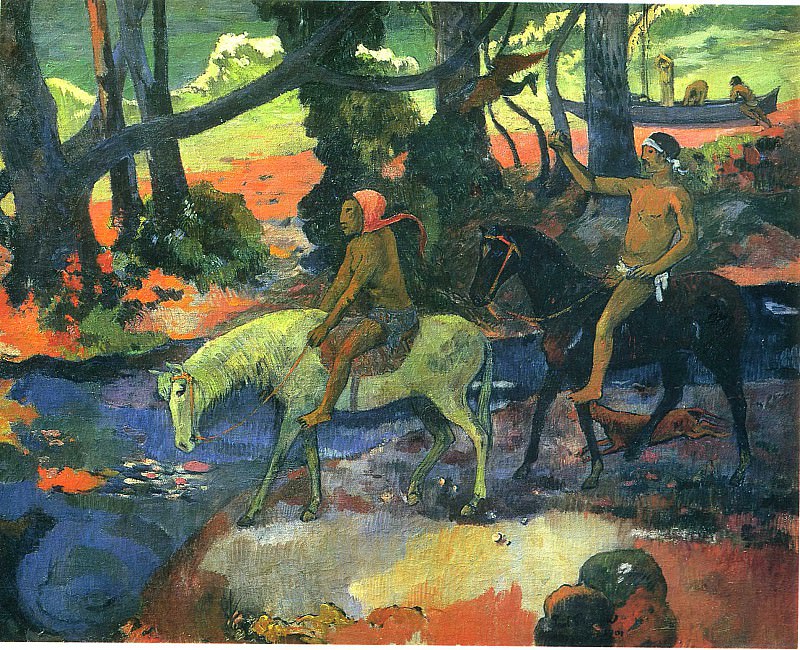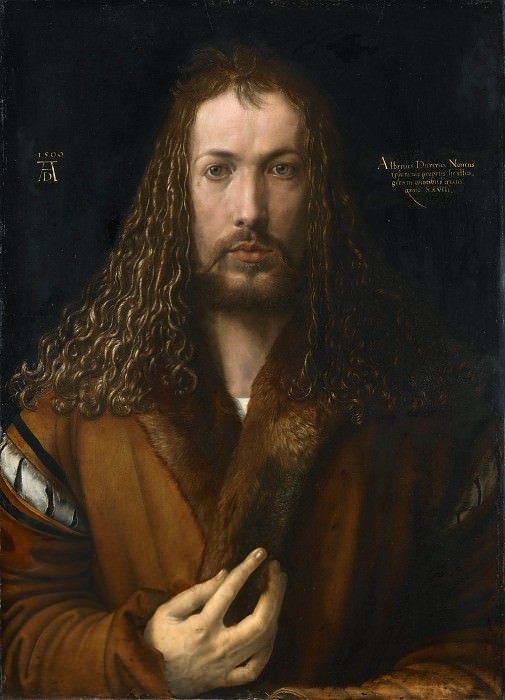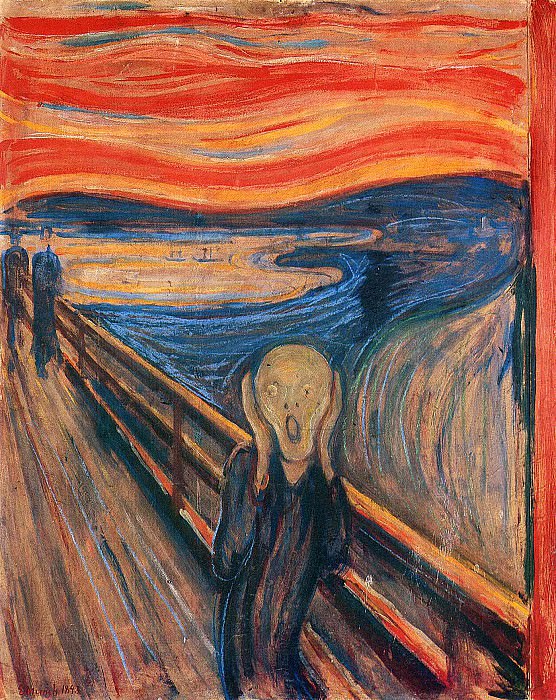Kawase Hasui: The Timeless Beauty of Japanese Woodblock Prints
Kawase Hasui, a master of the Shin-hanga (New Prints) movement, is celebrated for his breathtaking woodblock prints that capture the serene beauty of Japan’s landscapes. His work stands as a testament to the enduring appeal of traditional Japanese art forms, reinterpreted through a modern lens. Hasui’s prints, which often depict tranquil scenes of nature and everyday life, are not merely artistic expressions but also serve as a window into the cultural and natural heritage of early 20th-century Japan.
The Life and Journey of Kawase Hasui
Born in 1883 in Tokyo, Kawase Hasui was originally named Kawase Bunjiro. His initial artistic endeavors were not in the realm of woodblock prints but in Western-style painting, which was gaining popularity in Japan during his youth. However, after studying under Kiyokata Kaburagi, a prominent Nihonga (Japanese-style painting) artist, Hasui’s path took a significant turn. Kiyokata introduced him to the world of woodblock prints, and this marked the beginning of Hasui’s lifelong dedication to the craft.
Hasui’s journey was one of persistence and adaptation. He struggled initially to make a name for himself, especially in a field that was dominated by traditional artists who were skeptical of incorporating modern elements. However, his perseverance paid off when he met publisher Watanabe Shozaburo, a pivotal figure in the Shin-hanga movement. Watanabe recognized Hasui’s talent and provided him with the platform to showcase his work to the world.
The Shin-hanga Movement and Hasui’s Contribution
The Shin-hanga movement was an effort to revive the traditional ukiyo-e style of woodblock prints by blending it with Western artistic techniques. While ukiyo-e had focused primarily on portraits of beautiful women, kabuki actors, and scenes from everyday life in the Edo period, Shin-hanga artists like Hasui expanded the scope to include landscapes, cityscapes, and scenes of nature. This movement was crucial in re-establishing the woodblock print as a respected art form, both in Japan and internationally.
Kawase Hasui’s contribution to the Shin-hanga movement cannot be overstated. His prints are characterized by their delicate balance of light and shadow, their meticulous attention to detail, and their ability to evoke a deep sense of tranquility. Hasui’s work often features quiet, snow-covered landscapes, misty rivers, and the changing seasons, capturing moments of solitude and introspection. These scenes are not just picturesque representations of Japan but are imbued with a spiritual quality that reflects the artist’s deep connection with nature.
Iconic Works and Themes in Hasui’s Art
Hasui’s body of work is vast, with over 600 prints created during his lifetime. Each piece reflects his keen observation of the world around him, his technical prowess, and his ability to convey emotion through the simplicity of form. Some of his most iconic works include:
Hasui’s work often explored themes of impermanence and the passage of time, reflecting the Japanese concept of "mono no aware" – an awareness of the transient nature of life. His landscapes, whether bathed in the soft light of dawn or shrouded in mist, evoke a sense of melancholy and beauty, capturing fleeting moments in time.
The Technical Mastery of Kawase Hasui
One of the defining characteristics of Kawase Hasui’s prints is his technical mastery. Creating a woodblock print involves a complex process that requires precision and attention to detail at every stage. Hasui’s ability to convey subtle gradations of color, intricate details, and a sense of depth in his prints is a testament to his skill as both an artist and a craftsman.
The process begins with Hasui creating a detailed sketch of the scene he wishes to depict. This sketch is then transferred to a woodblock, which is carefully carved by hand. The woodblock is inked, and a sheet of paper is pressed onto it to create the print. This process is repeated multiple times, with different blocks used for each color in the print. The final result is a piece of art that is not only visually stunning but also a product of meticulous craftsmanship.
Hasui’s use of color is particularly noteworthy. He often employed a limited palette, relying on subtle variations in tone and hue to create depth and atmosphere. His prints are characterized by their soft, muted colors, which contribute to the overall sense of calm and serenity that pervades his work. The use of gradation, where colors gently fade into one another, is a hallmark of Hasui’s style and adds a sense of movement and fluidity to his prints.
Influence and Legacy of Kawase Hasui
Kawase Hasui’s influence on Japanese art is profound. His work not only revived interest in the traditional art of woodblock printing but also helped to elevate it to new heights. Hasui’s prints were highly sought after, both in Japan and abroad, and his work played a significant role in introducing Japanese art to a global audience.
In the decades following his death in 1957, Hasui’s prints have continued to be celebrated for their beauty and craftsmanship. They have been exhibited in museums and galleries around the world, and they remain highly valued by collectors. Hasui’s ability to capture the essence of Japan’s landscapes and his unique approach to the Shin-hanga movement have ensured his place as one of the most important figures in the history of Japanese art.
Moreover, Hasui’s work has had a lasting impact on contemporary artists, both in Japan and internationally. His emphasis on mood, atmosphere, and the depiction of nature’s fleeting moments has resonated with artists across different mediums. Many contemporary woodblock printmakers continue to draw inspiration from Hasui’s work, and his influence can be seen in various forms of modern art, including photography and digital media.
Kawase Hasui’s Enduring Appeal
The enduring appeal of Kawase Hasui’s art lies in its ability to transcend time and place. His prints capture the timeless beauty of Japan’s landscapes, offering viewers a moment of quiet reflection and connection with nature. In a world that is increasingly fast-paced and disconnected, Hasui’s work serves as a reminder of the simple pleasures of life – the stillness of a snowy night, the warmth of a setting sun, the gentle flow of a river.
Hasui’s prints also evoke a sense of nostalgia for a bygone era. They reflect a Japan that was rapidly changing in the early 20th century, caught between tradition and modernization. Through his art, Hasui was able to preserve the essence of a disappearing landscape, capturing the beauty of rural villages, ancient temples, and untouched nature before they were altered by the march of progress.
For many, Hasui’s work is not just art but a form of meditation. His prints invite viewers to pause and appreciate the beauty of the world around them, to find peace in the stillness of nature, and to reflect on the impermanence of life. This is perhaps the greatest legacy of Kawase Hasui – his ability to touch the hearts and minds of people across generations, transcending cultural and geographical boundaries.
Conclusion: The Timeless Mastery of Kawase Hasui
Kawase Hasui’s art is a celebration of Japan’s natural beauty, a testament to the enduring power of traditional craftsmanship, and a reflection of the artist’s deep connection with the world around him. His prints, with their delicate balance of light and shadow, their subtle use of color, and their evocative depictions of nature, continue to captivate and inspire audiences around the world.
Hasui’s legacy is one of timeless beauty and technical mastery. His work remains a cornerstone of the Shin-hanga movement, and his influence continues to be felt in the world of art today. Through his prints, Hasui has left us with a precious gift – a glimpse into a world of tranquility and introspection, where the beauty of nature is captured in its purest form.
Kawase Hasui, a master of the Shin-hanga (New Prints) movement, is celebrated for his breathtaking woodblock prints that capture the serene beauty of Japan’s landscapes. His work stands as a testament to the enduring appeal of traditional Japanese art forms, reinterpreted through a modern lens. Hasui’s prints, which often depict tranquil scenes of nature and everyday life, are not merely artistic expressions but also serve as a window into the cultural and natural heritage of early 20th-century Japan.
The Life and Journey of Kawase Hasui
Born in 1883 in Tokyo, Kawase Hasui was originally named Kawase Bunjiro. His initial artistic endeavors were not in the realm of woodblock prints but in Western-style painting, which was gaining popularity in Japan during his youth. However, after studying under Kiyokata Kaburagi, a prominent Nihonga (Japanese-style painting) artist, Hasui’s path took a significant turn. Kiyokata introduced him to the world of woodblock prints, and this marked the beginning of Hasui’s lifelong dedication to the craft.
Hasui’s journey was one of persistence and adaptation. He struggled initially to make a name for himself, especially in a field that was dominated by traditional artists who were skeptical of incorporating modern elements. However, his perseverance paid off when he met publisher Watanabe Shozaburo, a pivotal figure in the Shin-hanga movement. Watanabe recognized Hasui’s talent and provided him with the platform to showcase his work to the world.
The Shin-hanga Movement and Hasui’s Contribution
The Shin-hanga movement was an effort to revive the traditional ukiyo-e style of woodblock prints by blending it with Western artistic techniques. While ukiyo-e had focused primarily on portraits of beautiful women, kabuki actors, and scenes from everyday life in the Edo period, Shin-hanga artists like Hasui expanded the scope to include landscapes, cityscapes, and scenes of nature. This movement was crucial in re-establishing the woodblock print as a respected art form, both in Japan and internationally.
Kawase Hasui’s contribution to the Shin-hanga movement cannot be overstated. His prints are characterized by their delicate balance of light and shadow, their meticulous attention to detail, and their ability to evoke a deep sense of tranquility. Hasui’s work often features quiet, snow-covered landscapes, misty rivers, and the changing seasons, capturing moments of solitude and introspection. These scenes are not just picturesque representations of Japan but are imbued with a spiritual quality that reflects the artist’s deep connection with nature.
Iconic Works and Themes in Hasui’s Art
Hasui’s body of work is vast, with over 600 prints created during his lifetime. Each piece reflects his keen observation of the world around him, his technical prowess, and his ability to convey emotion through the simplicity of form. Some of his most iconic works include:
- "Snow at Zojoji Temple": This print is a perfect example of Hasui’s mastery in depicting snow scenes. The quiet stillness of the temple grounds, blanketed in snow, is rendered with such precision that one can almost feel the cold air and the soft crunch of snow underfoot. The contrast between the dark temple and the white snow creates a striking visual effect that draws the viewer into the scene.
- "Evening at Itako": In this print, Hasui captures the serene beauty of a rural Japanese village at dusk. The gentle flow of the river, the silhouettes of boats, and the warm glow of the setting sun evoke a sense of peace and nostalgia. This piece is a testament to Hasui’s ability to convey mood and atmosphere through the careful manipulation of light and color.
- "Night at Miyajima": Hasui’s nocturnal scenes are among his most revered works. In "Night at Miyajima," he uses deep blues and blacks to depict the famous torii gate at Itsukushima Shrine against a moonlit sky. The reflection of the gate in the water and the soft glow of the moon create a dreamlike quality that is both haunting and beautiful.
Hasui’s work often explored themes of impermanence and the passage of time, reflecting the Japanese concept of "mono no aware" – an awareness of the transient nature of life. His landscapes, whether bathed in the soft light of dawn or shrouded in mist, evoke a sense of melancholy and beauty, capturing fleeting moments in time.
The Technical Mastery of Kawase Hasui
One of the defining characteristics of Kawase Hasui’s prints is his technical mastery. Creating a woodblock print involves a complex process that requires precision and attention to detail at every stage. Hasui’s ability to convey subtle gradations of color, intricate details, and a sense of depth in his prints is a testament to his skill as both an artist and a craftsman.
The process begins with Hasui creating a detailed sketch of the scene he wishes to depict. This sketch is then transferred to a woodblock, which is carefully carved by hand. The woodblock is inked, and a sheet of paper is pressed onto it to create the print. This process is repeated multiple times, with different blocks used for each color in the print. The final result is a piece of art that is not only visually stunning but also a product of meticulous craftsmanship.
Hasui’s use of color is particularly noteworthy. He often employed a limited palette, relying on subtle variations in tone and hue to create depth and atmosphere. His prints are characterized by their soft, muted colors, which contribute to the overall sense of calm and serenity that pervades his work. The use of gradation, where colors gently fade into one another, is a hallmark of Hasui’s style and adds a sense of movement and fluidity to his prints.
Influence and Legacy of Kawase Hasui
Kawase Hasui’s influence on Japanese art is profound. His work not only revived interest in the traditional art of woodblock printing but also helped to elevate it to new heights. Hasui’s prints were highly sought after, both in Japan and abroad, and his work played a significant role in introducing Japanese art to a global audience.
In the decades following his death in 1957, Hasui’s prints have continued to be celebrated for their beauty and craftsmanship. They have been exhibited in museums and galleries around the world, and they remain highly valued by collectors. Hasui’s ability to capture the essence of Japan’s landscapes and his unique approach to the Shin-hanga movement have ensured his place as one of the most important figures in the history of Japanese art.
Moreover, Hasui’s work has had a lasting impact on contemporary artists, both in Japan and internationally. His emphasis on mood, atmosphere, and the depiction of nature’s fleeting moments has resonated with artists across different mediums. Many contemporary woodblock printmakers continue to draw inspiration from Hasui’s work, and his influence can be seen in various forms of modern art, including photography and digital media.
Kawase Hasui’s Enduring Appeal
The enduring appeal of Kawase Hasui’s art lies in its ability to transcend time and place. His prints capture the timeless beauty of Japan’s landscapes, offering viewers a moment of quiet reflection and connection with nature. In a world that is increasingly fast-paced and disconnected, Hasui’s work serves as a reminder of the simple pleasures of life – the stillness of a snowy night, the warmth of a setting sun, the gentle flow of a river.
Hasui’s prints also evoke a sense of nostalgia for a bygone era. They reflect a Japan that was rapidly changing in the early 20th century, caught between tradition and modernization. Through his art, Hasui was able to preserve the essence of a disappearing landscape, capturing the beauty of rural villages, ancient temples, and untouched nature before they were altered by the march of progress.
For many, Hasui’s work is not just art but a form of meditation. His prints invite viewers to pause and appreciate the beauty of the world around them, to find peace in the stillness of nature, and to reflect on the impermanence of life. This is perhaps the greatest legacy of Kawase Hasui – his ability to touch the hearts and minds of people across generations, transcending cultural and geographical boundaries.
Conclusion: The Timeless Mastery of Kawase Hasui
Kawase Hasui’s art is a celebration of Japan’s natural beauty, a testament to the enduring power of traditional craftsmanship, and a reflection of the artist’s deep connection with the world around him. His prints, with their delicate balance of light and shadow, their subtle use of color, and their evocative depictions of nature, continue to captivate and inspire audiences around the world.
Hasui’s legacy is one of timeless beauty and technical mastery. His work remains a cornerstone of the Shin-hanga movement, and his influence continues to be felt in the world of art today. Through his prints, Hasui has left us with a precious gift – a glimpse into a world of tranquility and introspection, where the beauty of nature is captured in its purest form.




